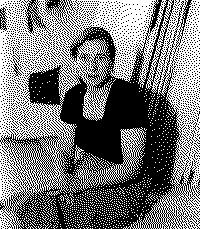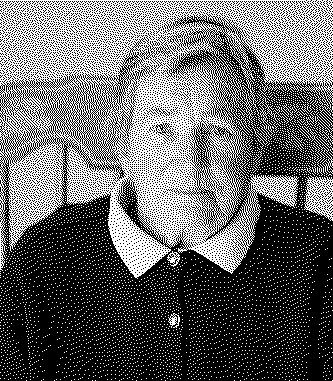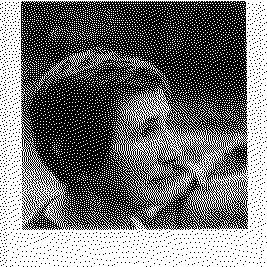Artists/Agnes Martin
Fast Facts
Agnes Martin was a visionary artist whose abstract expressionist and minimalist paintings deeply explored the themes of innocence, beauty, and the sublime, reflecting her profound interest in Eastern philosophy and her pursuit of inner happiness and peace through art.
Minimalist and Abstract Style
Martin is best known for her minimalist, abstract style. Her work is characterized by subtle, delicate grids and lines on large, lightly-colored canvases. She often used pencil lines and soft color washes.
Influence of Eastern Philosophy
Her art was deeply influenced by Taoist and Zen Buddhist philosophies, focusing on concepts of simplicity, repetition, and perfection. Martin sought to evoke emotions of serenity and contemplation through her work.
Late Bloomer in the Art World
artin's work gained significant recognition in the late 1950s and 1960s. She was associated with the Abstract Expressionists and the emergence of Minimalism in New York City, though her work remained distinctively personal and independent.
Isolation and Artistic Process
Martin was known for her reclusive lifestyle, especially after moving to New Mexico in 1967. She lived a solitary life, which she believed was necessary for her artistic process.
Biography



Agnes Martin, born on March 22, 1912, in rural Saskatchewan, Canada, is celebrated for her pivotal role in the American abstract art movement, known particularly for her minimalist and abstract expressionist styles.
Martin's journey to becoming a revered artist began with her move to the United States in 1931, where she pursued her education and eventually settled, becoming a U.S. citizen in 1950. Her early life was marked by various teaching jobs and a profound relationship with Mildred Kane, who provided both emotional and sometimes financial support as Martin navigated her path to becoming an artist (ACI - IAC).
Martin's formal art education included a bachelor's degree from Teachers College at Columbia University in New York City, where she was first exposed to modern art and began to consider a career as a painter. It was also during this period that Martin first encountered the landscapes and spiritual ethos of New Mexico, which would profoundly influence her work. After moving between teaching jobs across the United States, Martin enrolled in a Master of Fine Arts program at the University of New Mexico in Albuquerque in 1946, marking her first professional training as an artist. Martin's early artistic output during this period includes her first exhibition of watercolors at the Harwood Foundation and several encaustic canvases (ACI - IAC).
In 1957, Martin relocated to New York City upon the invitation of Betty Parsons, a pivotal figure in her career. Here, she became part of the vibrant artistic community of Coenties Slip, alongside notable figures such as Ellsworth Kelly and Robert Indiana. This period was significant for Martin, both for her deepening engagement with abstract expressionism and for the personal challenges she faced due to schizophrenia, a condition that profoundly affected her life and work. Despite these challenges, Martin's work gained recognition, and she was included in important exhibitions that showcased her minimalist approach, characterized by her signature grids and subtle use of color (Wikipedia) (The Art Story).
Martin's decision to leave New York in 1967 marked a turning point in her life and career. After traveling across the United States and Canada, she settled in New Mexico, where she led a reclusive life, focusing on her art and writing. During this time, Martin stopped painting for several years, a hiatus that ended in the early 1970s when she resumed her artistic practice and began to gain wider recognition. Her work from this period onwards continued to explore themes of beauty, perfection, and happiness, often reflecting her interest in Eastern philosophy and spirituality (Wikipedia).
Martin's legacy as an artist is profound, with her work celebrated for its ability to evoke emotional states through minimal means. Her paintings, characterized by their meditative quality and meticulous craftsmanship, continue to be exhibited in major museums worldwide. Agnes Martin passed away on December 16, 2004, in Taos, New Mexico, leaving behind a body of work that continues to inspire and resonate with audiences (Wikipedia) (The Art Story).
Technique
Themes
Importance
Iconic Imagery
- Minimalist Grids and Lines
- Soft Palettes
- Muted Colors














